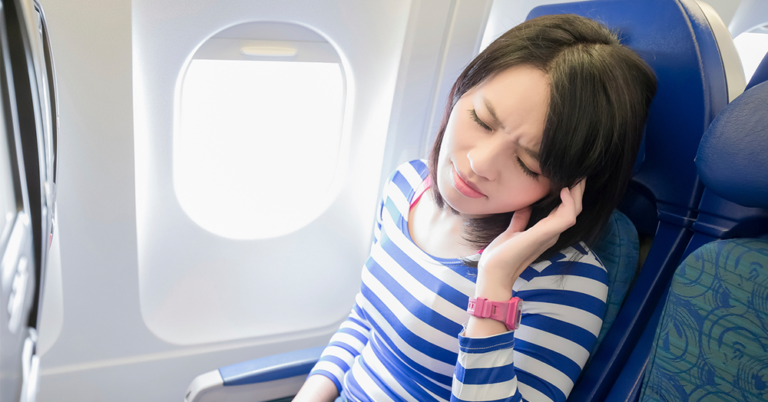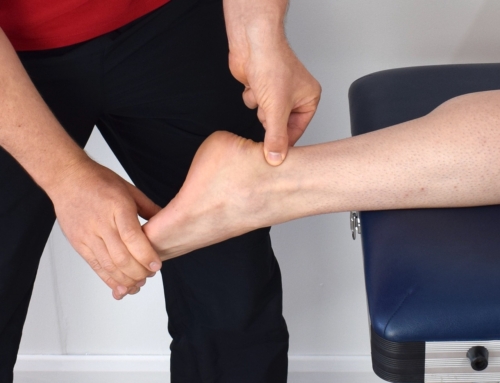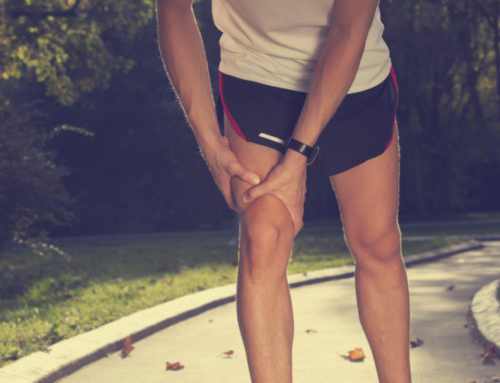‘Tis the season for holiday travel. The hustle and bustle is unavoidable with people moving through airports, piling into traffic, and some even traveling by bus to reach their destination. Travel is a multi-billion dollar industry, but let’s be honest, it’s not always the most comfortable. Airlines are making their seats tighter, sitting in a car for long hours can become tiresome and even painful, and bus travel can feel like your packed into a sardine can. Despite the benefits of each form of travel, they all come with a price to pay on your body. The toll it takes can take the joy out of your holiday season.
At Momentum we work with patients both before and after travel. Our efforts before you leave on your trip are to prepare for travel with stretches and techniques to either lesson the stress or eliminate it all together. We also work with patients who are already experiencing pain and help them reclaim their holidays by getting them healthy again.
Here are four ways to prevent the pains of holiday travel and keep the cheer and merrymaking going.
Support Your Neck
No matter what form of travel you decide on, your neck is one of the most vulnerable areas, next to your back. For starters, a neck pillow can do a lot to prevent strain and stiffness experienced from leaning against a window or lowering your head for sleep. Additionally, some neck stretches can also be of benefit.
Upper Trapezius Stretch
Tilt your head to the right touching your right ear to your right shoulder. Hold this for about a minute, and then return your head to the neutral position (upright, facing straight ahead). Then tilt your head to the left, touching your left ear to your left shoulder and hold again for about a minute. Return you head to the neutral position and repeat both to the right and left a few times.
Levator Scapulae Stretch
Turn your head to the right and lower it, pointing your nose towards your right armpit and hold for one minute. Return to the neutral position and then do the same towards the left, pointing your nose towards your left armpit and hold. Return your head to the neutral position and repeat slowly. Do not forget to breathe.
Take Frequent Breaks
It’s important to move, especially after being in a seated position for long periods of time. Moving your legs and the rest of your body prevents blood clots and helps with blood flow in general. According to the website, stoptheclot.org, they recommend the following:
- raise your heels with your toes on the floor
- raise your toes with your heels on the floor
- get out and walk every hour or so (when appropriate)
- avoid alcohol and caffeine
- wear loose clothing
- do not cross your legs
- avoid sleeping pills
Stay Hydrated
Water is a key component to general health, so why wouldn’t you be drinking enough water? Particularly important when you travel, be sure you’re getting all the water you should be, and even when traveling, keep that water going. Staying hydrated while traveling can prevent dry eyes, sore/dry throat, and dehydration.
Protect Your Back
Sitting still for long periods at a time is a recipe for lower back pain. You’ll want to make sure that you are providing support to your lumbar spine with a small back pillow. It doesn’t need to be anything fancy, but any type of support is better than nothing. Along with that support, watch your posture. Hunching or slouching further aggravates your back, so remember what mom used to tell you and sit up straight!
We hope that no matter where you travel, or how you travel, that the experience is a good one for you. Traveling can be a fun experience, especially when done pain-free.
If you are currently experiencing pain and would like a professional opinion/assessment, sign-up for a FREE Pain Assessment. We will then contact you to schedule an appointment to come in and have someone take a look. Our goal is to get you healthy for life!





